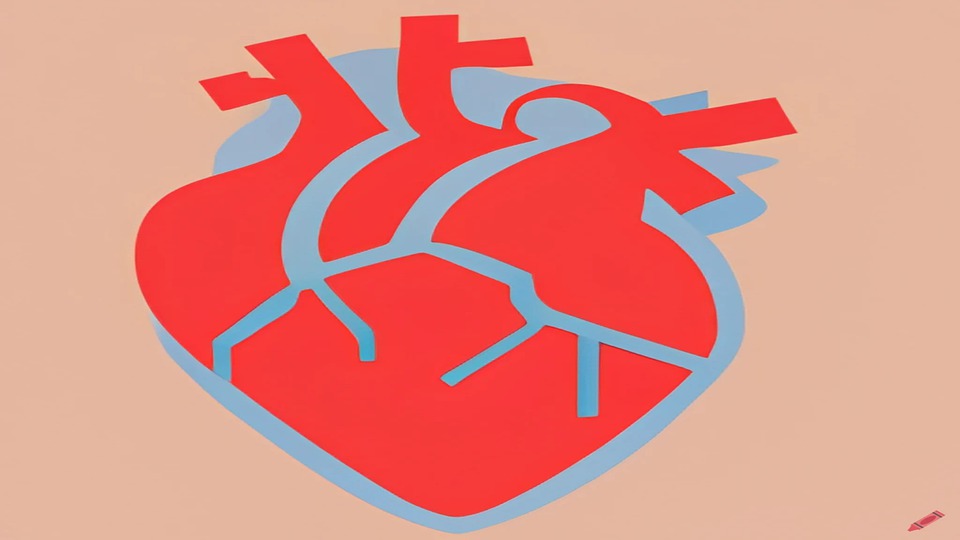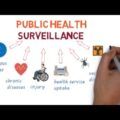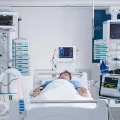The ACLS (Advanced Cardiac Life Support) algorithm is a set of guidelines and procedures that are followed during a cardiac emergency. These guidelines have been developed by the American Heart Association (AHA) and are designed to provide a standard approach to resuscitation.
The algorithm is designed to help healthcare providers assess and manage patients who are experiencing cardiac arrest or other life-threatening cardiovascular emergencies.
History
The history of the ACLS algorithm dates back to the mid-1960s when the use of defibrillators became more widespread in the management of cardiac arrest. Prior to this time, cardiac arrest was considered to be a relatively hopeless condition, and resuscitation efforts were limited to basic life support measures such as cardiopulmonary resuscitation (CPR) and manual ventilation.
In the early 1960s, Dr. Leonard Cobb, a cardiologist at the University of Washington, began experimenting with the use of electrical defibrillation to treat ventricular fibrillation (VF), a common cause of cardiac arrest. His work was based on the understanding that VF was an arrhythmia that could be electrically “shocked” back into a normal sinus rhythm.
Dr. Cobb’s work paved the way for the development of modern ACLS algorithms, which were designed to provide a standardized approach to the management of cardiac arrest and other life-threatening cardiovascular emergencies.
In the 1970s, the American Heart Association (AHA) began developing guidelines for the management of cardiac emergencies, including the ACLS algorithm. These guidelines were updated and revised periodically to reflect advances in cardiovascular medicine and resuscitation science.
Over time, the ACLS algorithm has evolved to incorporate new technologies and treatments, including the use of advanced airway devices, mechanical ventilation, and targeted temperature management. The algorithm has also become more focused on the identification and treatment of reversible causes of cardiac arrest, such as hypoxia, hypovolemia, and electrolyte imbalances.
Today, the ACLS algorithm is a cornerstone of resuscitation science, providing a standardized approach to the management of cardiac arrest and other life-threatening cardiovascular emergencies. It is used by healthcare providers around the world and is based on the most current evidence-based guidelines from the AHA and other professional organizations.
ACLS Steps
The ACLS algorithm is divided into several phases, each of which involves a specific set of interventions. These phases include:
- Basic Life Support (BLS)
The first phase of the ACLS algorithm involves the assessment of the patient’s basic life support needs. The healthcare provider will check for a pulse and breathing, and if the patient is not breathing, they will initiate cardiopulmonary resuscitation (CPR). During BLS, the provider will also establish an airway, provide oxygen, and monitor the patient’s heart rhythm using an automated external defibrillator (AED) if necessary.
- Advanced Cardiac Life Support (ACLS) Assessment
After basic life support has been initiated, the healthcare provider will conduct a rapid assessment to identify the cause of the cardiac arrest or other cardiovascular emergency. This assessment includes a review of the patient’s medical history, vital signs, and symptoms. The healthcare provider will also perform a physical examination, including a cardiac exam and a neurological exam.
- Primary Survey
The primary survey involves a systematic assessment of the patient’s airway, breathing, circulation, and neurological status. During this phase, the healthcare provider will look for signs of life-threatening conditions, such as hypoxia, hypovolemia, tension pneumothorax, and cardiac tamponade. The primary survey also involves the administration of medications to treat these conditions, including oxygen, fluids, and vasoactive drugs.
- Secondary Survey
The secondary survey involves a more detailed assessment of the patient’s cardiovascular system, including a 12-lead ECG to evaluate the patient’s heart rhythm and identify any underlying cardiac abnormalities. The healthcare provider may also perform additional diagnostic tests, such as blood tests, chest x-rays, or echocardiography, to identify the cause of the cardiac emergency.
- Rhythm Identification
Once the cause of the cardiac emergency has been identified, the healthcare provider will evaluate the patient’s cardiac rhythm using an ECG. The provider will look for specific characteristics of the rhythm, such as the presence of a pulse or the absence of electrical activity. Based on this evaluation, the provider will determine the appropriate treatment for the patient.
- Defibrillation
If the patient is in ventricular fibrillation (VF) or pulseless ventricular tachycardia (VT), the healthcare provider will administer a shock using a defibrillator. This shock is intended to restore the patient’s normal heart rhythm.
- Medication Administration
The healthcare provider may also administer medications during the ACLS algorithm to treat the patient’s underlying condition. For example, if the patient is experiencing an acute myocardial infarction, the provider may administer nitroglycerin or other anti-platelet agents to improve blood flow to the heart.
- Reversible Causes
During the ACLS algorithm, the healthcare provider will also evaluate the patient for any reversible causes of cardiac arrest or other cardiovascular emergencies. These causes include hypovolemia, hypoxia, acidosis, hypoglycemia, hypothermia, and electrolyte imbalances. If any of these causes are identified, the provider will initiate appropriate treatment to correct the underlying condition.
- Post-Cardiac Arrest Care
Once the patient’s heart rhythm has been restored, the healthcare provider will initiate post-cardiac arrest care. This involves the management of potential complications, such as hypotension, hypoxia, and arrhythmias. The provider will also initiate targeted temperature management (TTM) if indicated to help prevent neurological damage.
It is important to note that the ACLS algorithm should be followed by healthcare providers who have been trained and certified in advanced cardiac life support. These providers should also have a strong understanding of the underlying physiology and pathophysiology of cardiac emergencies and should be familiar with the medications and equipment used during the ACLS algorithm.
The ACLS algorithm is a crucial tool in the management of patients experiencing cardiac arrest or other life-threatening cardiovascular emergencies. The algorithm provides a standardized approach to resuscitation and is based on the most current evidence-based guidelines. By following the ACLS algorithm, healthcare providers can improve patient outcomes and increase the likelihood of survival from cardiac arrest.
How is advanced cardiac life support (ACLS) performed?
Advanced cardiac life support (ACLS) is performed by trained healthcare providers who are certified in ACLS. The ACLS algorithm provides a standardized approach to the assessment and management of patients experiencing cardiac arrest or other life-threatening cardiovascular emergencies. Here are the general steps of how ACLS is performed:
- Initial Assessment and Management
The first step in ACLS is to assess the patient’s airway, breathing, and circulation (ABCs). This includes checking for signs of breathing and circulation, and initiating cardiopulmonary resuscitation (CPR) if necessary. The provider will also assess the patient’s level of consciousness and oxygen saturation, and initiate supplemental oxygen if indicated.
- Recognition and Management of Arrhythmias
The next step in ACLS is to recognize and manage any arrhythmias that may be present. This involves performing a cardiac rhythm assessment using a cardiac monitor and interpreting the rhythm strip to determine the appropriate treatment. If the patient is in ventricular fibrillation (VF) or pulseless ventricular tachycardia (VT), the provider will initiate defibrillation with an automated external defibrillator (AED) or a manual defibrillator.
If the patient is in a non-shockable rhythm, such as asystole or pulseless electrical activity (PEA), the provider will initiate CPR and administer medications such as epinephrine or vasopressin to help improve circulation.
- Management of Airway and Breathing
The provider will also manage the patient’s airway and breathing. This may involve the use of advanced airway devices, such as endotracheal tubes or supraglottic airways, to help secure the airway and improve oxygenation. The provider may also initiate mechanical ventilation if the patient is not breathing effectively on their own.
- Identification and Treatment of Reversible Causes
The provider will also identify and treat any reversible causes of cardiac arrest, such as hypoxia, hypovolemia, hypothermia, or electrolyte imbalances. This may involve administering medications or fluids to help correct the underlying condition.
- Post-Cardiac Arrest Care
Once the patient’s heart rhythm has been restored, the healthcare provider will initiate post-cardiac arrest care. This involves the management of potential complications, such as hypotension, hypoxia, and arrhythmias. The provider will also initiate targeted temperature management (TTM) if indicated to help prevent neurological damage.
Overall, ACLS is performed using a standardized approach to the assessment and management of patients experiencing cardiac arrest or other life-threatening cardiovascular emergencies. By following the ACLS algorithm, healthcare providers can improve patient outcomes and increase the likelihood of survival from cardiac arrest. It is important to note that ACLS should only be performed by trained healthcare providers who are certified in ACLS and who have a strong understanding of the underlying physiology and pathophysiology of cardiac emergencies.






